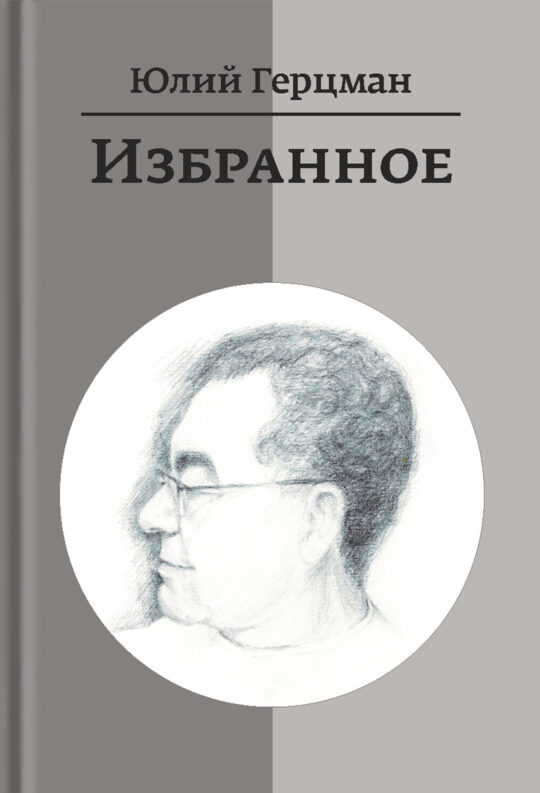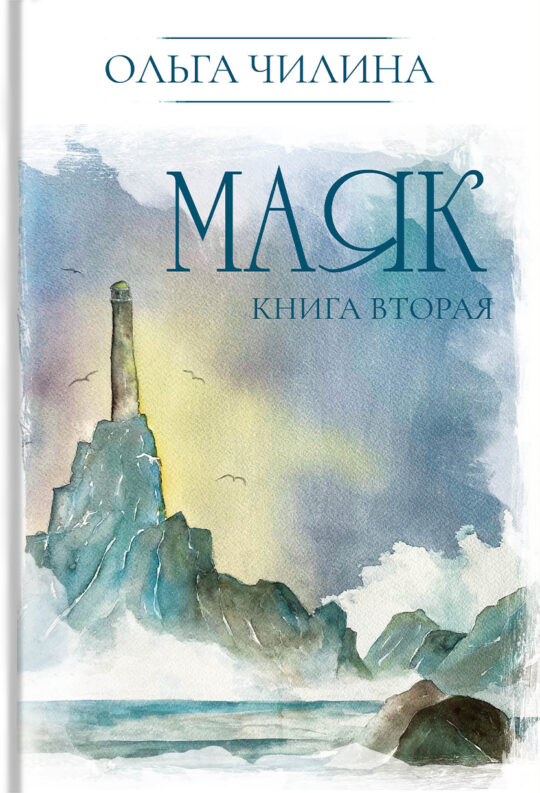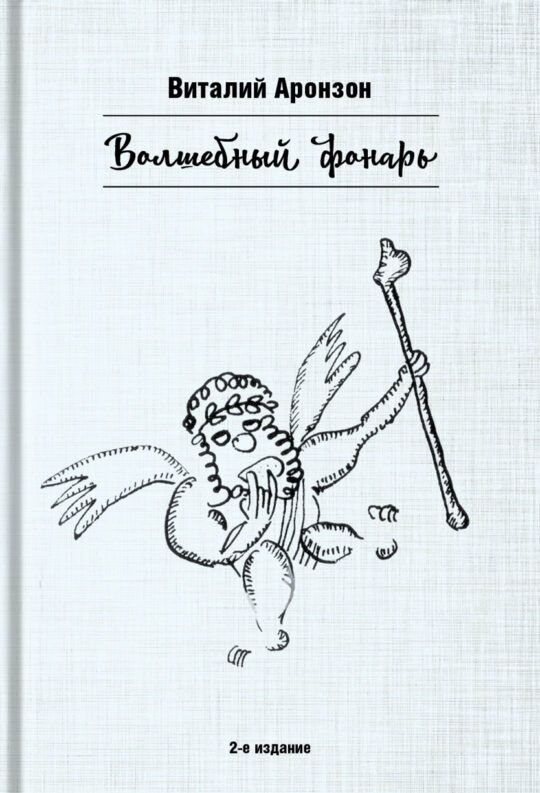Description
The novel, Chaim-and-Maria, is an attempt to remind the public that Adolf Hitler, along with his dedicated butchers, both Germans and non-Germans, did not come from nowhere. Their followers and sympathizers are living among us — just as their predecessors lived among our grandparents and great-grandparents.
The historical novel Chaim-and-Maria was written back in the Soviet Union, in the late 1970s. It challenged the anti-Semitic propaganda that dominated the Soviet media and could not be published due to government censorship. It described events had taken place 150 years before that, in Czarist Russia, in the remote town of Velizh in Vitebsk Province. The Velizh Case is one of about 200 blood libel cases recorded in the history of our civilization. It attracted author’s attention for two main reasons: it was one of the largest and most ridiculous blood libel investigations, and it was almost completely forgotten.
The bitter irony of the title is clear to Russian readers, but it should be explained here. There is a common field flower, violet (Viola tricolor L.). In Russian, it is called Ivan-da-Mariaand is a symbol for love. By replacing the typical Russian male name, Ivan, with the typical Jewish name, Chaim, the title parodies the symbolic meaning of the beautiful flower.
What kind of love story is developing between Chaim and Maria? There is no other way to figure it out, but to read the novel.
* * *
The first Russian edition appeared in the United States in 1986. The book was also translated into Hungarian and published in Budapest in 1990. It came out in Russia only in 2006.
Chaim-and-Maria is the second book by Mr. Reznik in English translation. The first was a nonfiction account, The Nazification of Russia, 1996.
This book was prepared for publication in cooperation with Bagriy & Co., Chicago.



 Semyon Reznik is an award-winning Russian-Jewish emigré writer, journalist, historian, and author of over twenty fiction and nonfiction books, mostly about Russian scientists and Russian/Soviet anti-Semitism. According to Wikipedia, “He is noted in particular for his study of the blood libel and the resurgence of Neo-Nazism in Russia.”
Semyon Reznik is an award-winning Russian-Jewish emigré writer, journalist, historian, and author of over twenty fiction and nonfiction books, mostly about Russian scientists and Russian/Soviet anti-Semitism. According to Wikipedia, “He is noted in particular for his study of the blood libel and the resurgence of Neo-Nazism in Russia.”





Yuliya Shulman
Semyon Reznik’s use of historical material can be only associated with the skills of a professional historian. It seems that not even the smallest detail, contributing to the recreation of the 150-year-old characters and events, has eluded the author. Then, the historian yields the spotlight to the prose writer or, more precisely, enjoys a fruitful coexistence with him.
— Edward Kapitaikin, Novoye Russkoye Slovo, New York
The book reads like a masterpiece novel, and is a significant contribution to contemporary literature.
— Yakov M. Rabkin, University de Montreal, Departement d’histoire
It really does not often happen that someone writes a tempestuous, humorous, and tear-eliciting novel that is read from cover to cover.
— Agnes Gereben, from the afterword to the Hungarian Edition
…This book is not only a fine piece of literature in its own right, it would also come at as time when we are witnessing a resurgence of anti-Semitism — and that not just in Russia but in many parts of Europe and the United States as well. Reminding people of its grim history is very important in my view.
— Helle Bering-Jensen, The Washington Times
As I read this book for the third time, I can’t but help think how timely it is for modern America. The book was written decades ago about an absolutely different country and environment, and covered absolutely different historical events in the distant past. Nevertheless, instead of Inspector Strakhov and Inspector Shkurin, we could easily put some well known U.S. political figures of today. And in place of all the ‘witnesses’ and victims we can easily find similar personas.
— John Varoli, the editor. December 2019